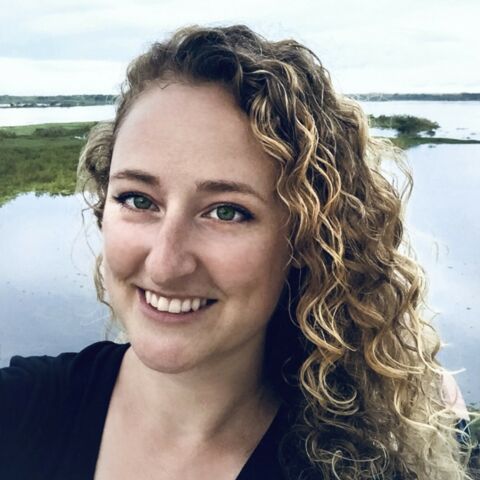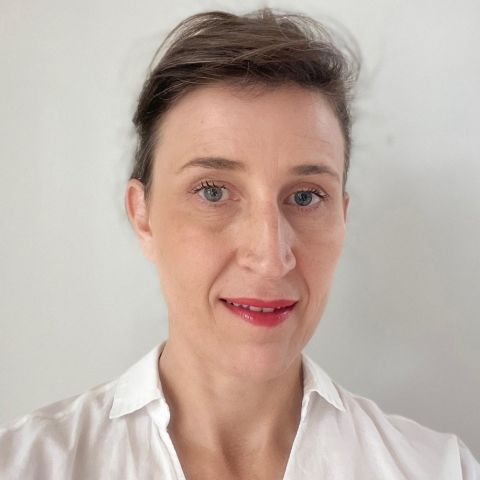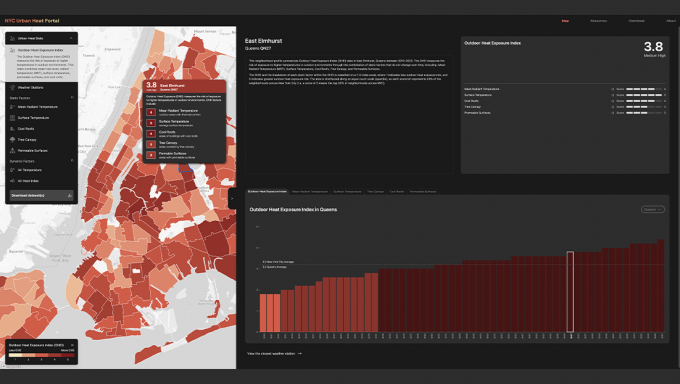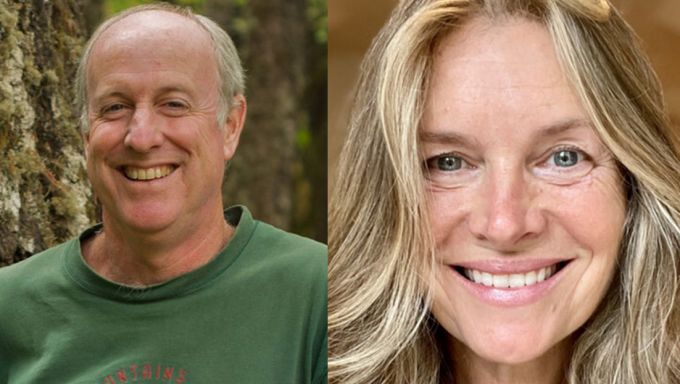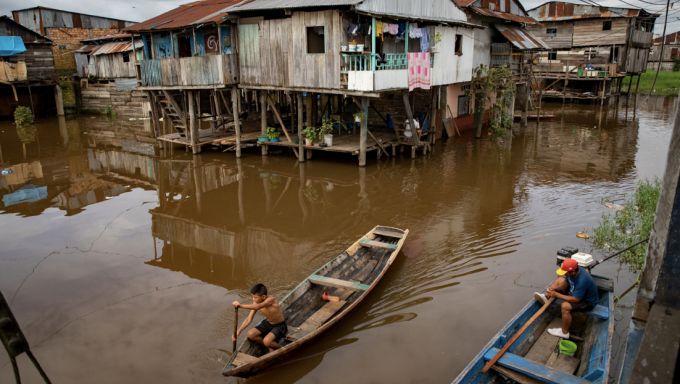
Research Symposium | 02–03 March 2025
Biophilia: Designing for Animals

- On this Page
- Overview
- Vision, Mission, Goals
- Publications
- People
- Podcasts
- News
Ecological design, education + outreach for a better future
Ecology plus Design (E+D), at Penn State, engages research-activated design intervention that seeks to significantly improve the ecological health of the designed world, particularly in the areas of biodiversity, energy, risk and hazard, and water systems.
Design is the means whereby we shape our environment. Merging Ecology + Design brings together ecologists and design professionals to research and develop frameworks, criteria, and strategies for planning, designing, restoring, and assessing ecologically productive landscapes.
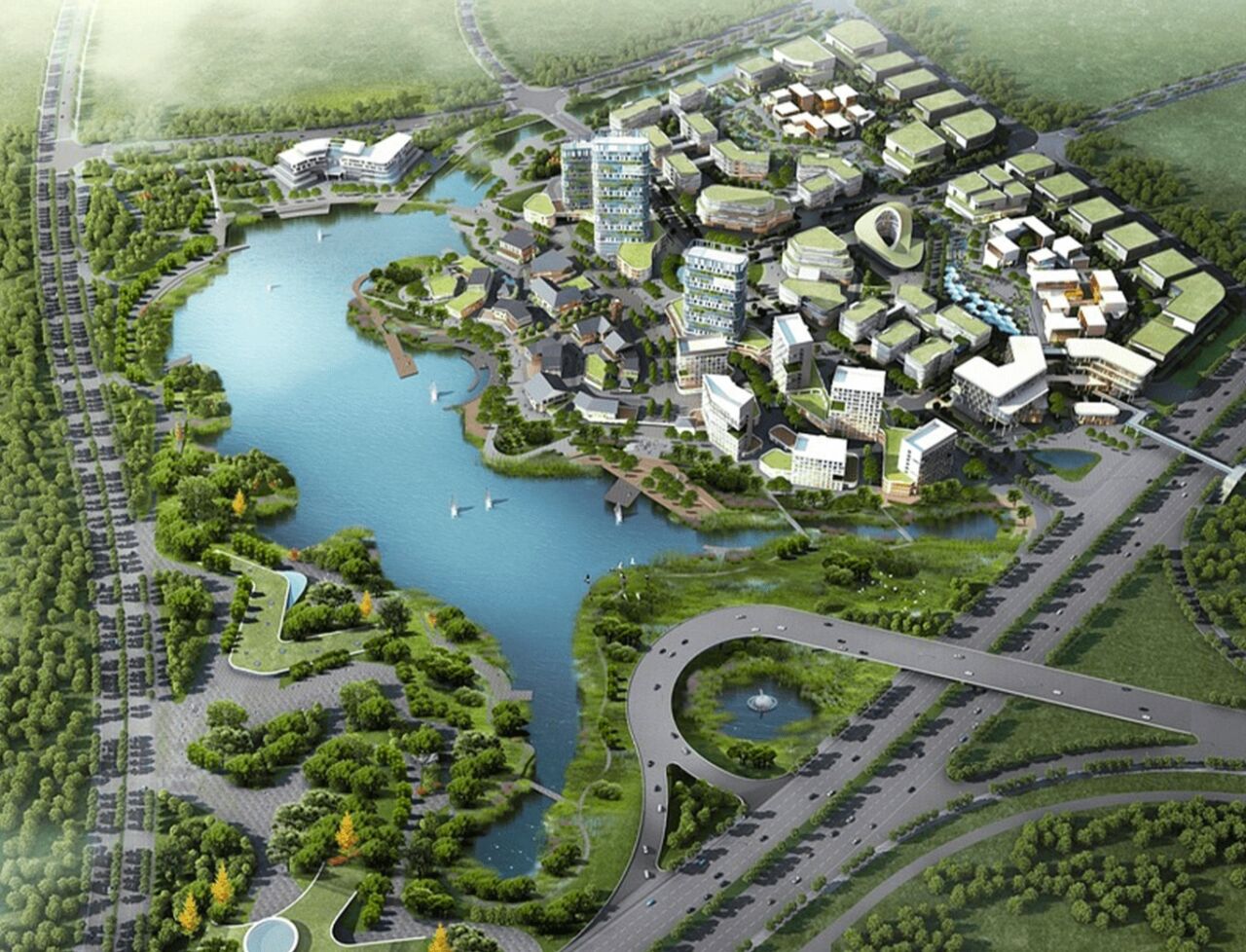
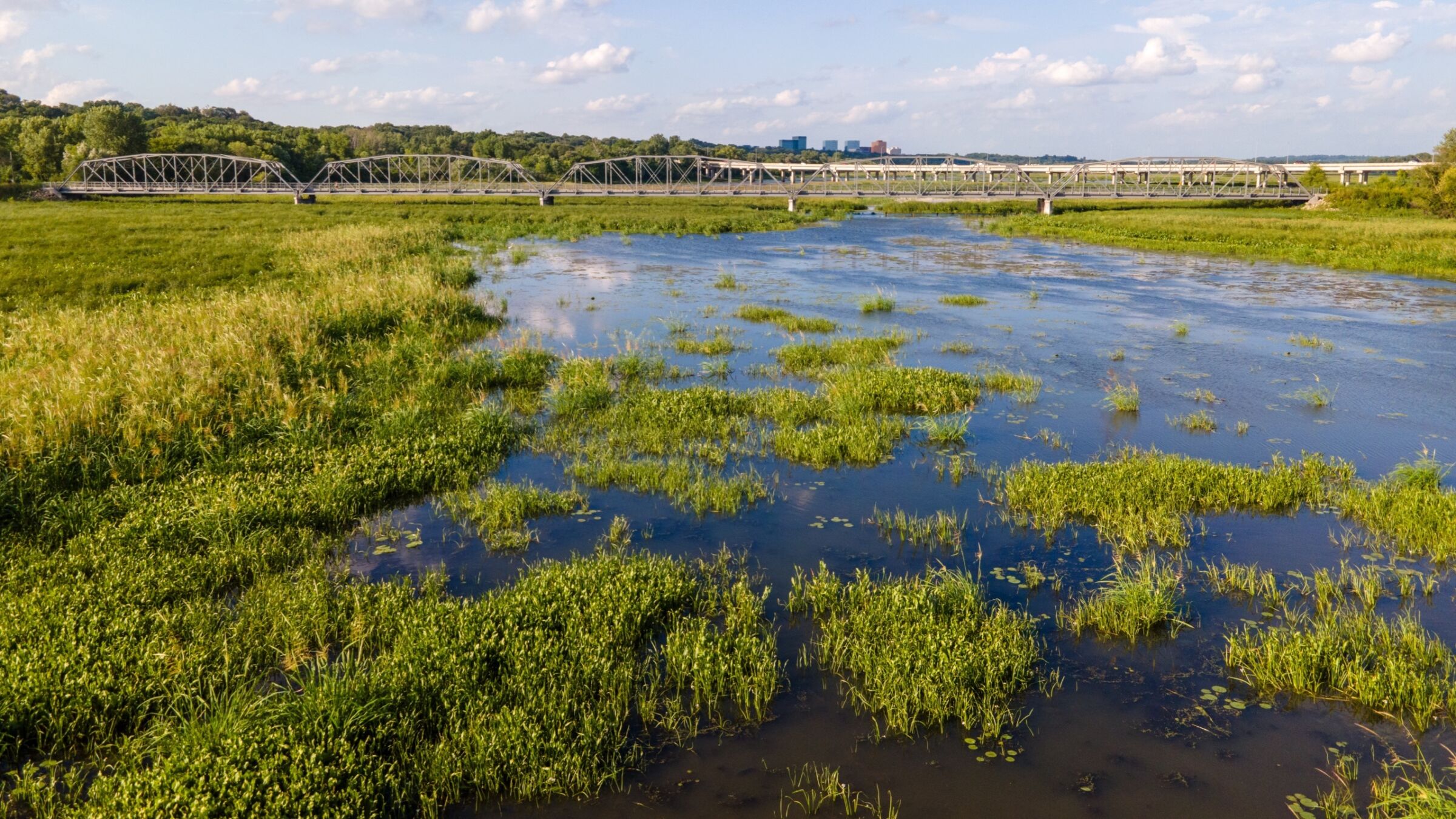
Wetlands + Climate Change Explored
The latest episode of the “Growing Impact” podcast by the Institutes of Energy and the Environment (IEE) features E+D Director Andy Cole’s research into hydrologic changes that may have occurred due to climate changes.

Vision
It is E+D’s vision to be the international center of research, outreach, and education in ecological design.
Mission
E+D’s mission is research-activated ecological design, research-informed ecological design education, and outreach that work to improve the ecological health of the built and natural environment.
This center studies the intersection of ecological science and environmental design to provide innovation and leadership in the design of our built environment to improve ecological function — a claim made frequently by engineers, architects, landscape architects, and other professionals, but rarely substantiated.
Through E+D, we develop ecologically sustainable design procedures and methods that leverage natural system processes, account for landscape history — including social histories — and provide for temporally resilient ecosystems.
Goals
E+D has three primary objectives: research-activated ecological design, education in ecologically-based design, and outreach through a variety of classes, symposia, speakers, podcasts, workshops, and publications. The need for an ecologically-based approach to design is evident in the increasingly complex environmental problems that cannot be solved with a singular philosophical approach. The world is facing a tipping point where ecosystem integrity is increasingly compromised, leaving vulnerable those very ecosystem services upon which we depend.
E+D utilizes design as an organizing principle to continue to bring together ecologists, designers, and allied professionals to address ecological issues across a broad scale, from site to region. We expect the results of our work to be of importance to landscape architects, ecologists, planners, developers, architects, land managers, engineers, public health professionals, conservationists, and anyone else that seeks to both understand and modify the landscapes where we live.
In addition, the work of E+D is of importance to our community at-large because properly functioning ecosystem services can mitigate the extremes of climate change, hazards, and disasters, while providing a healthier everyday quality of life.
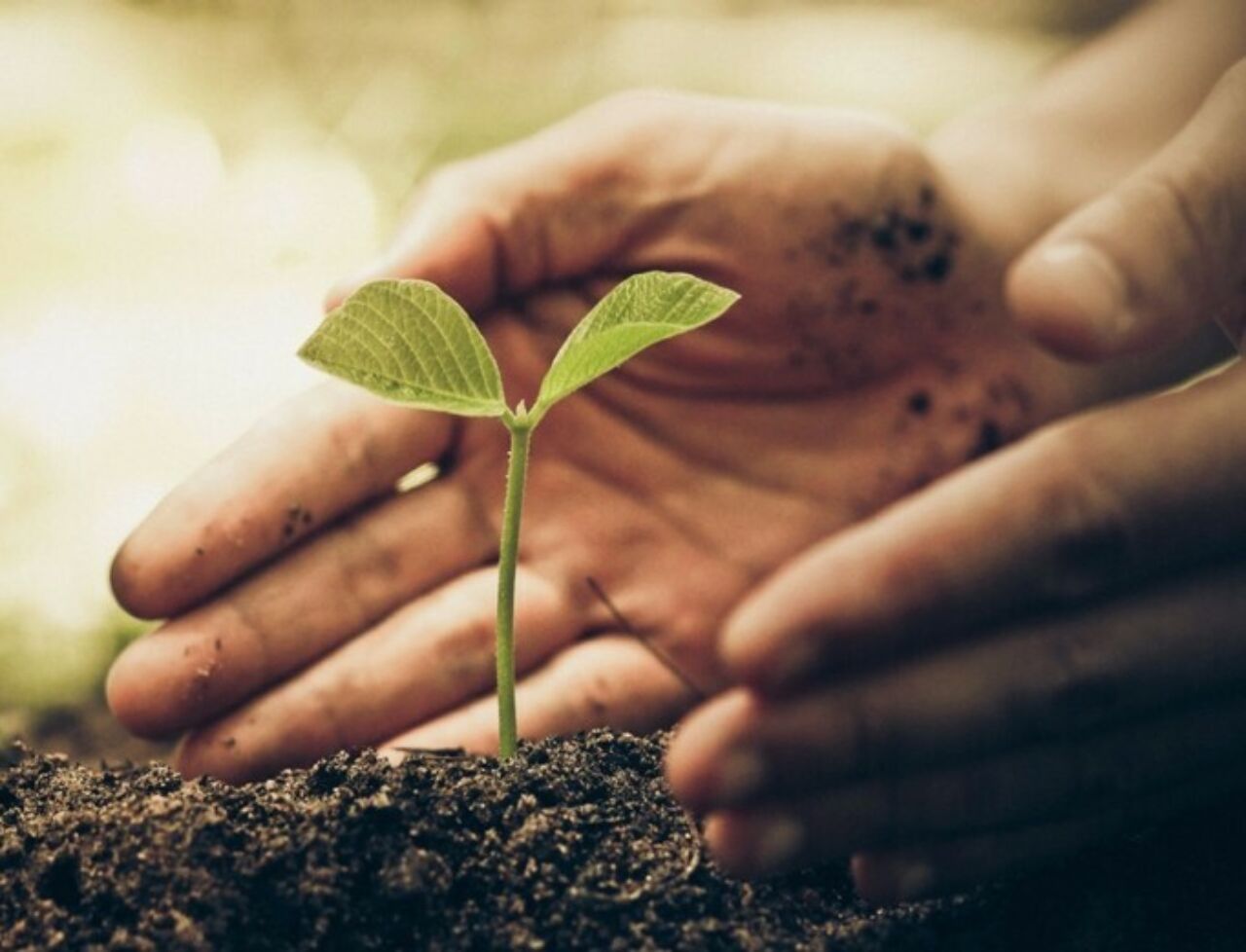
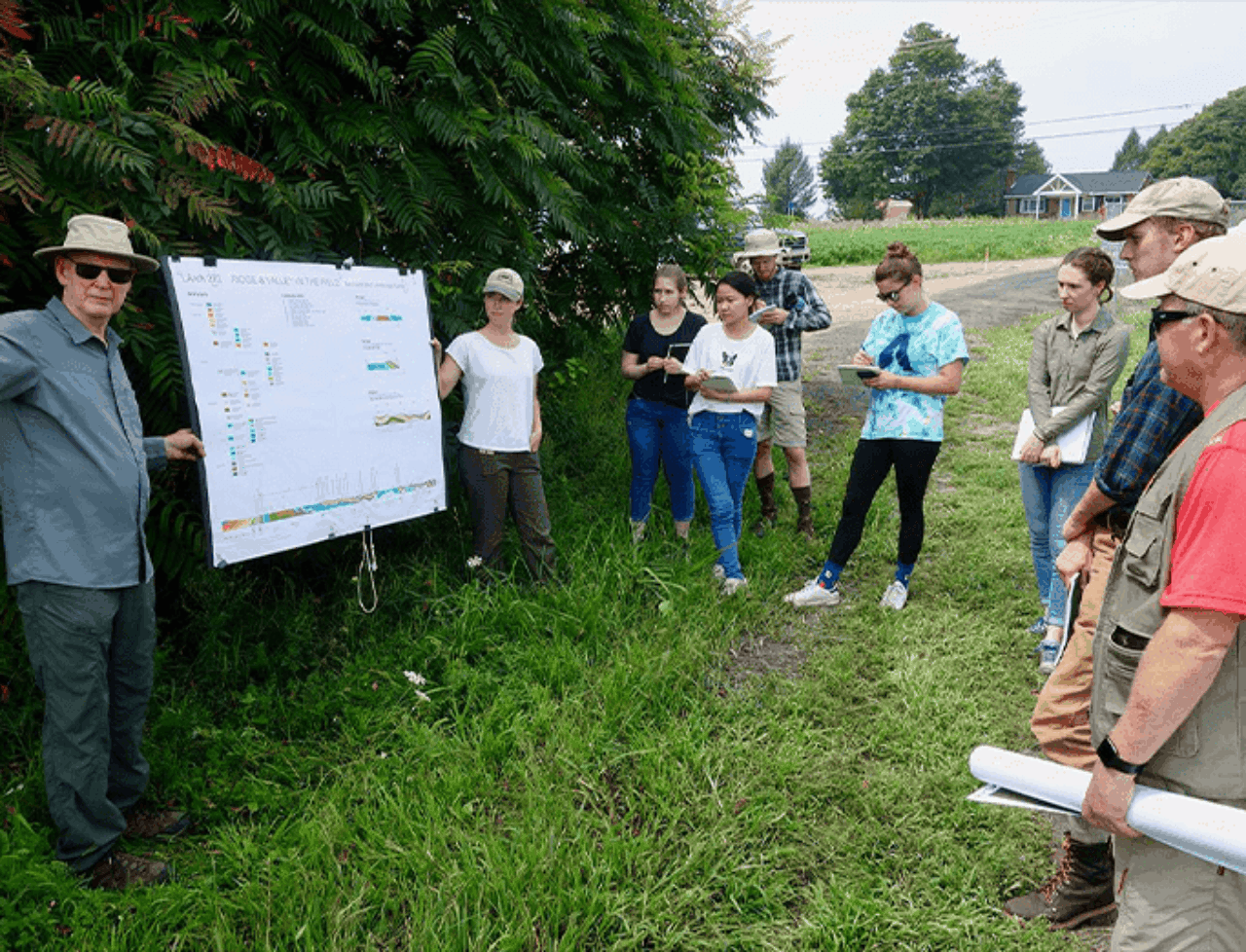
Publications
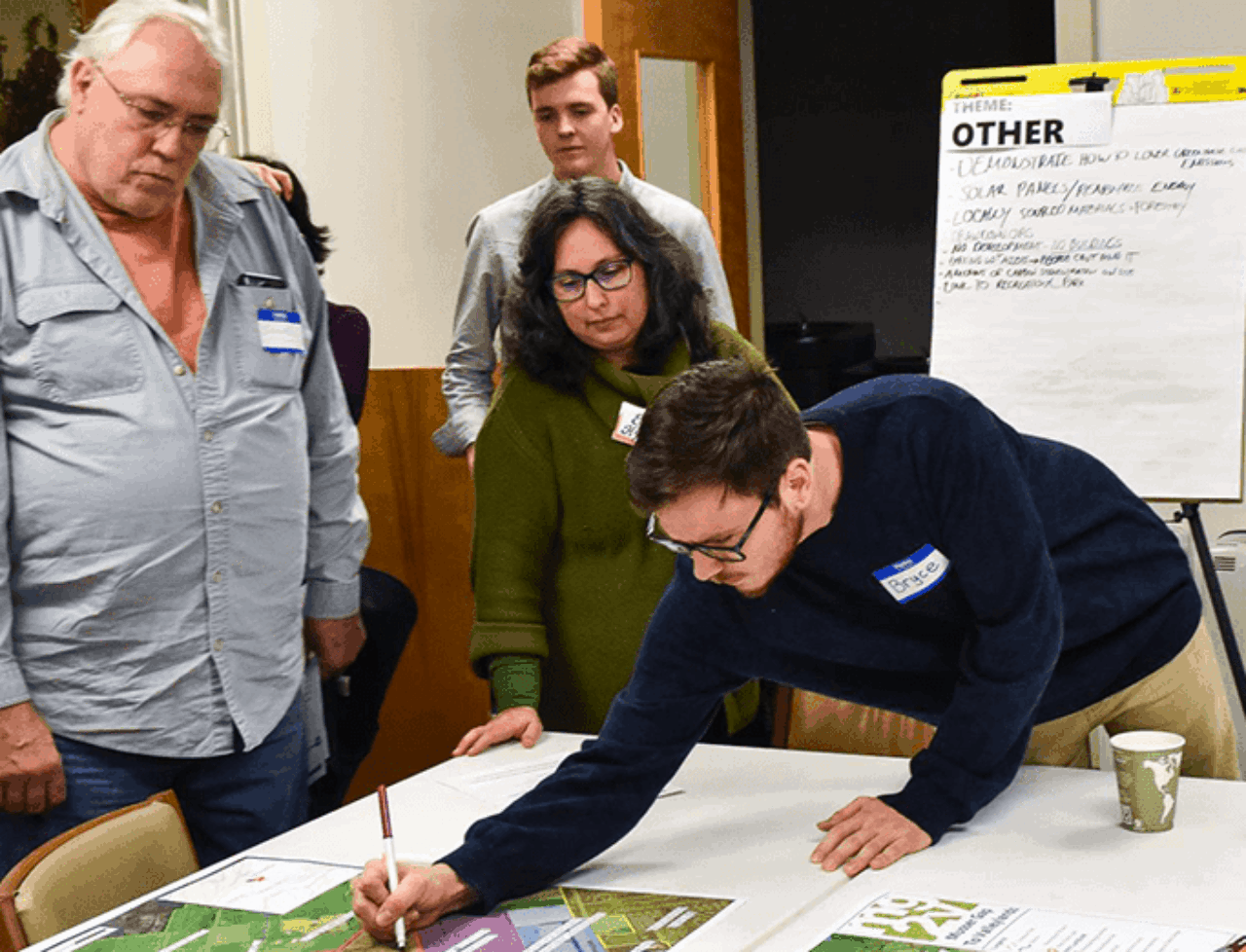
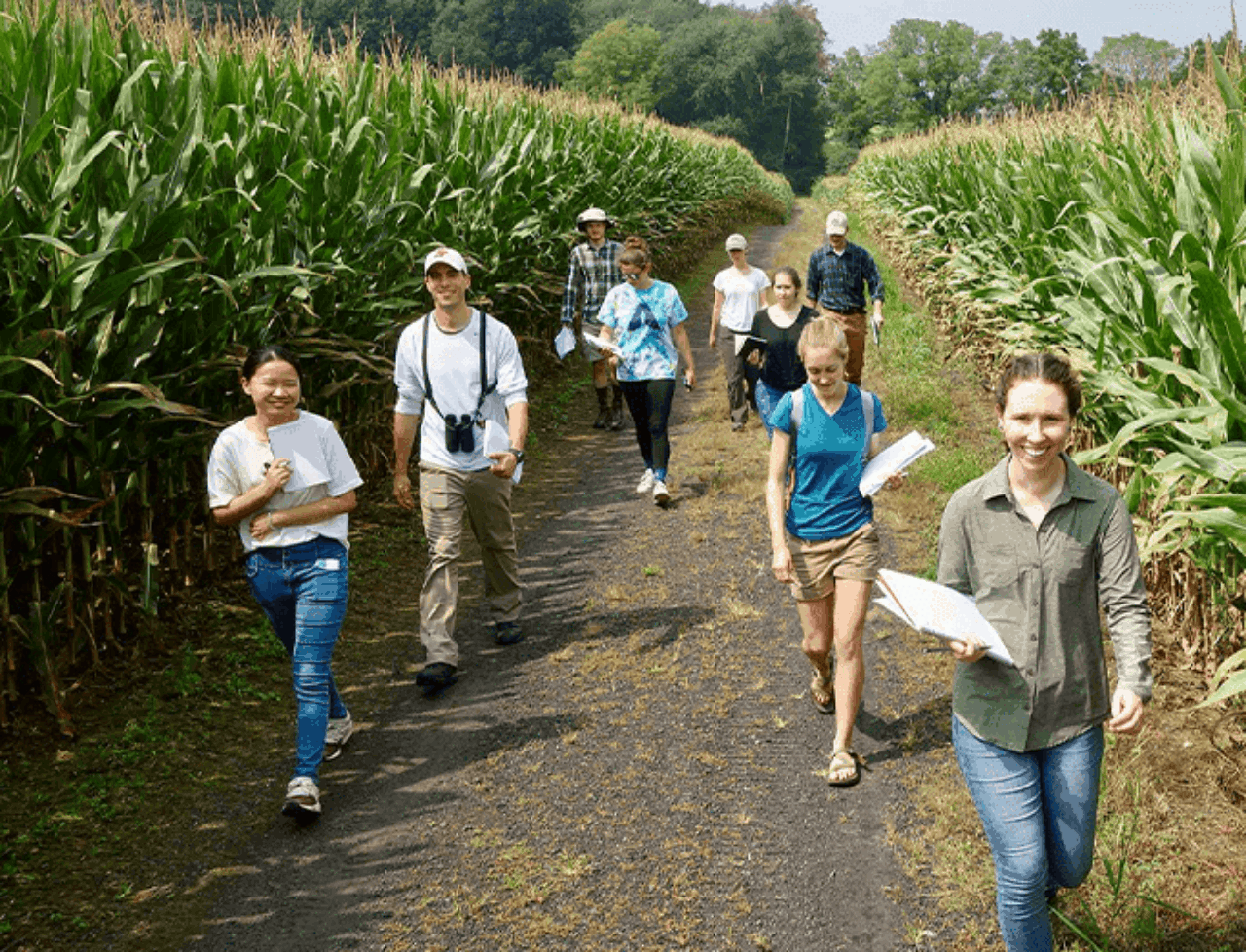
People
Faculty, staff, students, external researchers, and industry professionals work within E+D to propose innovative solutions to ecological crises.
Core Faculty Researchers
Leann Andrews
- Assistant Professor of Landscape Architecture
- Stuckeman Career Development Assistant Professor in Design
Charles Andrew "Andy" Cole
- Director E+D: Ecology plus Design
- Professor of Landscape Architecture and Ecology
Lisa Domenica Iulo
- Director of the Hamer Center for Community Design
- Professor of Architecture
Affiliate Researchers
Pep Avilés
- Associate Professor of Architecture
- Stuckeman Career Development Professorship in Design
Mallika Bose
- Associate Dean for Research, Creative Activity, and Graduate Studies
- Professor of Landscape Architecture
Mehrdad Hadighi
- Stuckeman Professor in Advanced Studies
- Professor of Architecture
Marc Miller
- Associate Professor of Landscape Architecture
- Stuckeman School Associate Director for Access, Wellbeing, and Equity
E+D podcasts!
New ideas play nicely with new media, and these E+D podcasts provide a quick dip into the deep waters of ecology and design. Dive in!
